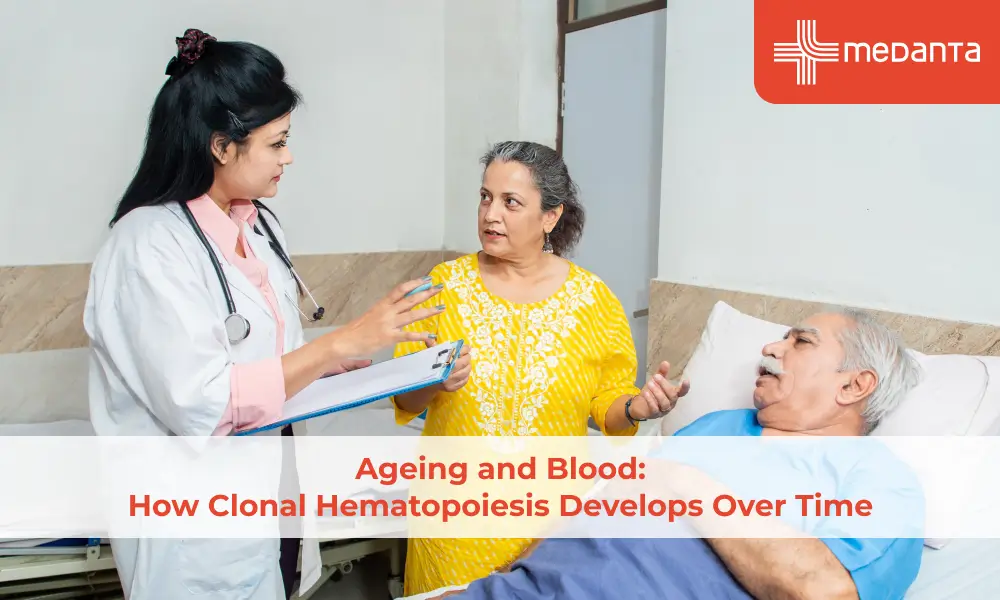5 Best Things About Paediatric Bone Marrow Transplant: From Providing Lifesaving Treatments to Improving Quality of Life:

A paediatric bone marrow transplant is a medical procedure that has revolutionized the bone marrow treatment of several life-threatening diseases. According to the National Marrow Donor Program, over 20,000 bone marrow transplants are performed worldwide each year, with approximately 80% of these being performed on children. In India, more than 5000 bone marrow transplants are performed annually. Since bone marrow transplant treats various types of cancers, blood disorders, and immune system disorders with the help of stem cell donation or autologous stem cell transplant and other alternatives, here are the five best things you must know about paediatric bone marrow transplant.
Here are the five best things about paediatric bone marrow transplants:
- Improved Survival Rates: One of the most significant benefits of paediatric bone marrow transplant is that it can drastically improve a child's chances of survival. For example, children who undergo a bone marrow transplant for certain types of leukaemia have a survival rate of up to 70%. This is a significant improvement over traditional treatments, which may only have a success rate of around 30%.
- Potential Cure for Genetic Disorders: A bone marrow transplant is also used to treat certain genetic disorders, such as sickle cell anaemia and thalassemia. This procedure sometimes provides a cure for these conditions and can significantly improve a child's quality of life.
- Better Quality of Life: Bone marrow transplants can help children with certain conditions lead healthier, more active lives. Children who have sickle cell anaemia undergoing bone marrow transplants may experience fewer painful episodes and need minimal observation eventually allowing them to participate more actively in school, sports, and other activities.
- Potential Cure for Genetic Disorders: A bone marrow transplant is also used to treat certain genetic disorders, such as sickle cell anaemia and thalassemia. In some cases, this procedure can cure these conditions, significantly improving a child's quality of life.
- Reduced Risk of Disease Relapse: Since new bone marrow cells produce healthy blood cells, and reduces the risk of cancer, children receiving bone marrow transplants have certainly seen improvement and reduced risk of relapse of cancer.
- Advances in Technology: Technological advances have made paediatric bone marrow transplants safer and more effective over the years. Today, doctors can perform bone marrow transplants using a child's cells, which reduces the risk of rejection and makes the procedure safer overall. Additionally, new drugs, stem cell donation, autologous stem cell transplant, and therapies are being developed to help reduce the risk of complications and improve outcomes.
Know when to get the paediatric bone marrow transplant:
Children diagnosed with certain types of cancer or blood disorders are commonly treated with paediatric bone marrow transplant. However, it totally depends on the child's medical history, the condition's severity, and the procedure's risks and benefits.
Some common indications for a paediatric bone marrow transplant include:
- Leukaemia: For children with acute lymphoblastic leukaemia (ALL), acute myeloid leukaemia (AML), or other types of leukaemia who have not seen improvement in standard treatment, bone marrow transplant can be recommended.
- Neuroblastoma: A type of cancer that forms in nerve tissue neuroblastoma can be a condition to be recommended for bone marrow transplant.
- Severe combined immunodeficiency (SCID): It’s a rare genetic disorder affecting the immune system of children, can be recommended for bone marrow transplant.
- Thalassemia: Thalassemia is a condition in which children who require regular blood transfusions and bone marrow transplants can cure the condition.
- Sickle cell disease: A bone marrow transplant can be recommended for children with sickle cell disease with severe symptoms or complications that cannot be managed with other treatments.
- Other rare disorders: A bone marrow transplant can be recommended for children with other rare disorders that affect the blood or immune system. This includes aplastic anaemia, Fanconi anaemia, or Diamond-Blackfan anaemia.
- Hodgkin and Non-Hodgkin lymphomas: A bone marrow transplant may be recommended for children with certain types of lymphomas that have not responded well to standard treatments.
- Inherited metabolic disorders: A bone marrow transplant may be recommended for children with certain inherited metabolic disorders, such as Hurler syndrome, Hunter syndrome, or Krabbe disease.
- Inherited bone marrow failure syndromes: A bone marrow transplant may be recommended for children with inherited syndromes, such as dyskeratosis congenital or Shwachman-Diamond syndrome.
How bone marrow transplant in children is different from adults?
| Bone Marrow Transplant in Children | Bone Marrow Transplant in Adults
Conditioning Regimen | May use a lower intensity conditioning regimen due to children's increased sensitivity to chemotherapy and radiation | May use a more aggressive conditioning regimen
Donor Selection | Often use a matched sibling donor if available, or may use a matched unrelated donor | May use a matched sibling or unrelated donor, or may use a haploidentical (half-matched) donor
Graft-Versus-Host Disease | Children may be at a lower risk for developing graft-versus-host disease (GVHD) due to their more robust immune systems | Adults may be at a higher risk for developing GVHD
Long-Term Effects | Children may experience more long-term effects from the transplant, including growth and developmental issues, infertility, and secondary cancers | Adults may be at a higher risk for long-term effects such as infertility and secondary cancers, but may have a better ability to tolerate these effects due to their greater resilience
Conclusion
Paediatric bone marrow transplant or Paediatric bone marrow treatment is a life-saving procedure that has helped thousands of children worldwide. Suppose you or your child requires this treatment. In that case, it is essential to contact the Haematology and Oncology Department to learn more about the benefits, risks, and success rates of the procedure






